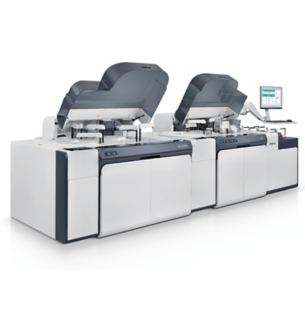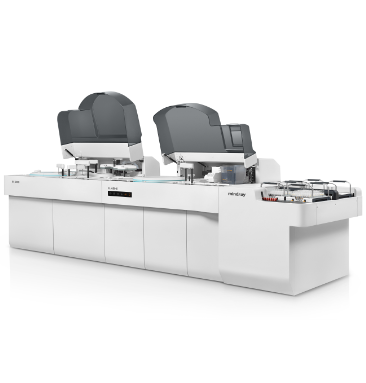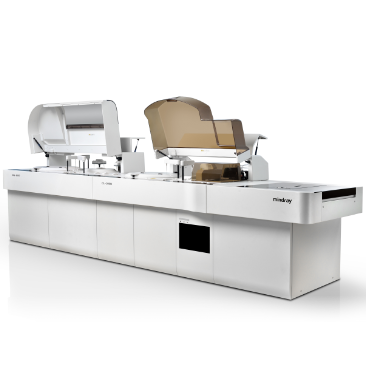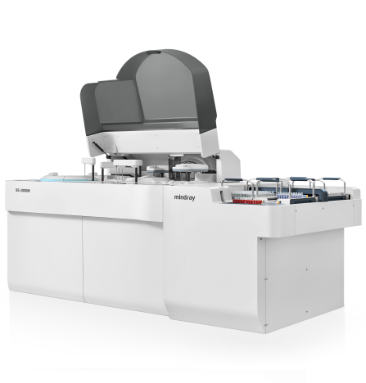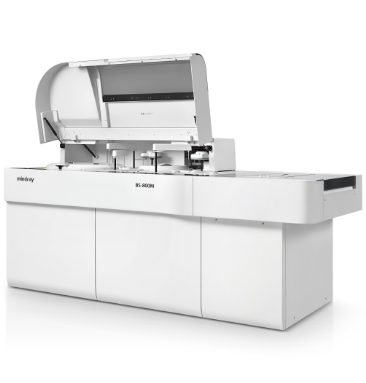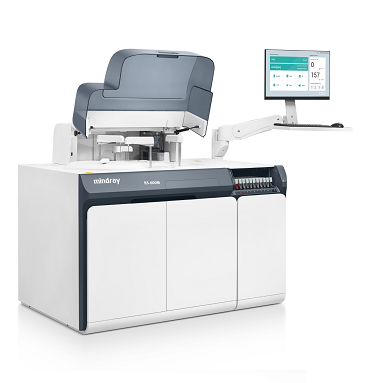C-reactive protein (CRP) is a pentameric protein comprised of five subunits arranged in a ring-like structure. It is one of the most sensitive acute-phase reactants, responding to a wide range of acute and chronic inflammatory conditions.
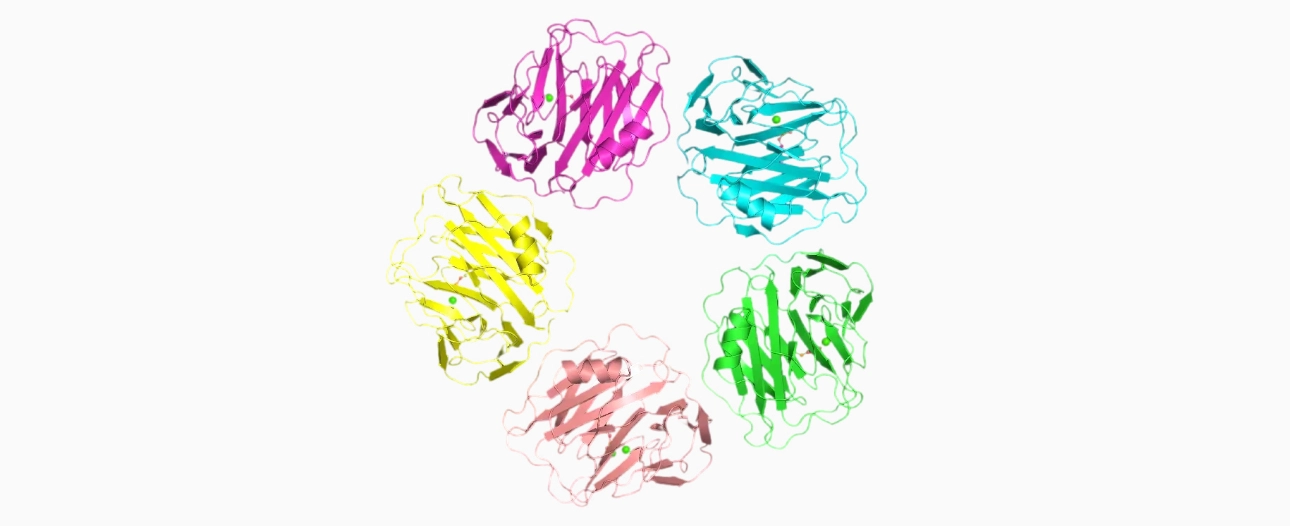
CRP is synthesized by the liver before it is released into blood circulation. The presence of CRP in circulation aids in the removal of bacteria and dying cells through complement-mediated phagocytosis. Additionally, circulating CRP promotes monocyte-endothelial interactions by undergoing dissociation from its pentameric form into monomeric subunits.[1]
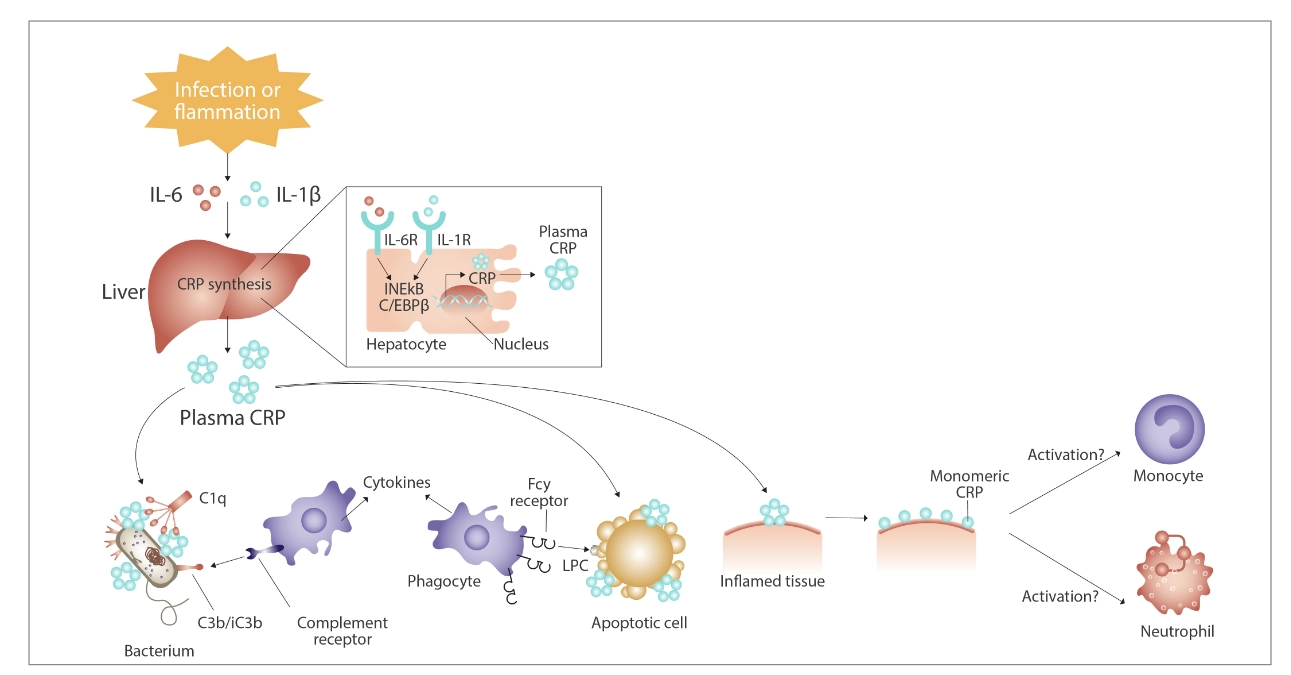
Since it was discovered in the 1930s, CRP has been widely applied in medical practice for diagnosing, differentiating, and monitoring various inflammatory conditions. These conditions include bacterial or viral infections, rheumatism, sepsis, colorectal carcinoma, surgical injury, and radiation damage.
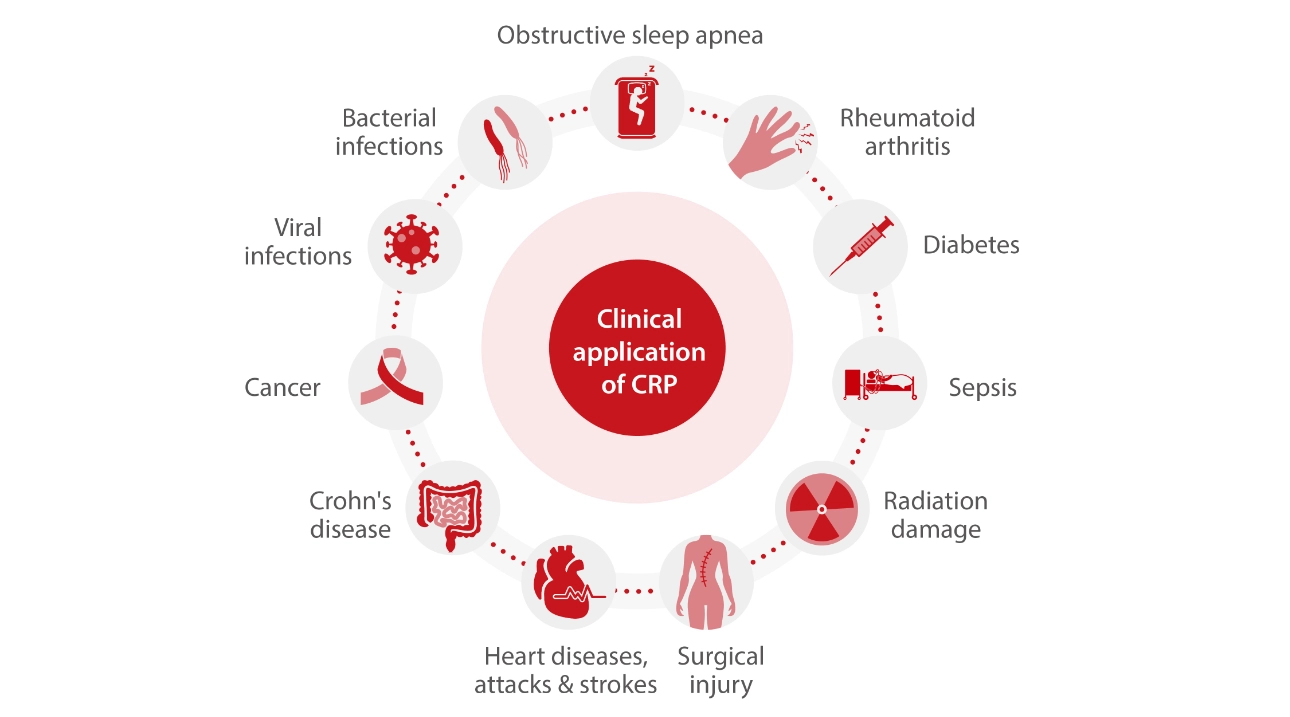
Besides its application in the diagnosis and assessment of inflammatory diseases, recent studies have suggested that CRP can serve as a predictor of cardiovascular diseases (CVDs).
CRP may be involved in the various pathophysiological mechanisms of CVDs, and its influence involves endothelial cells, macrophages, neutrophils, the complement system, and fibrosis/fibrinolysis processes.[2]
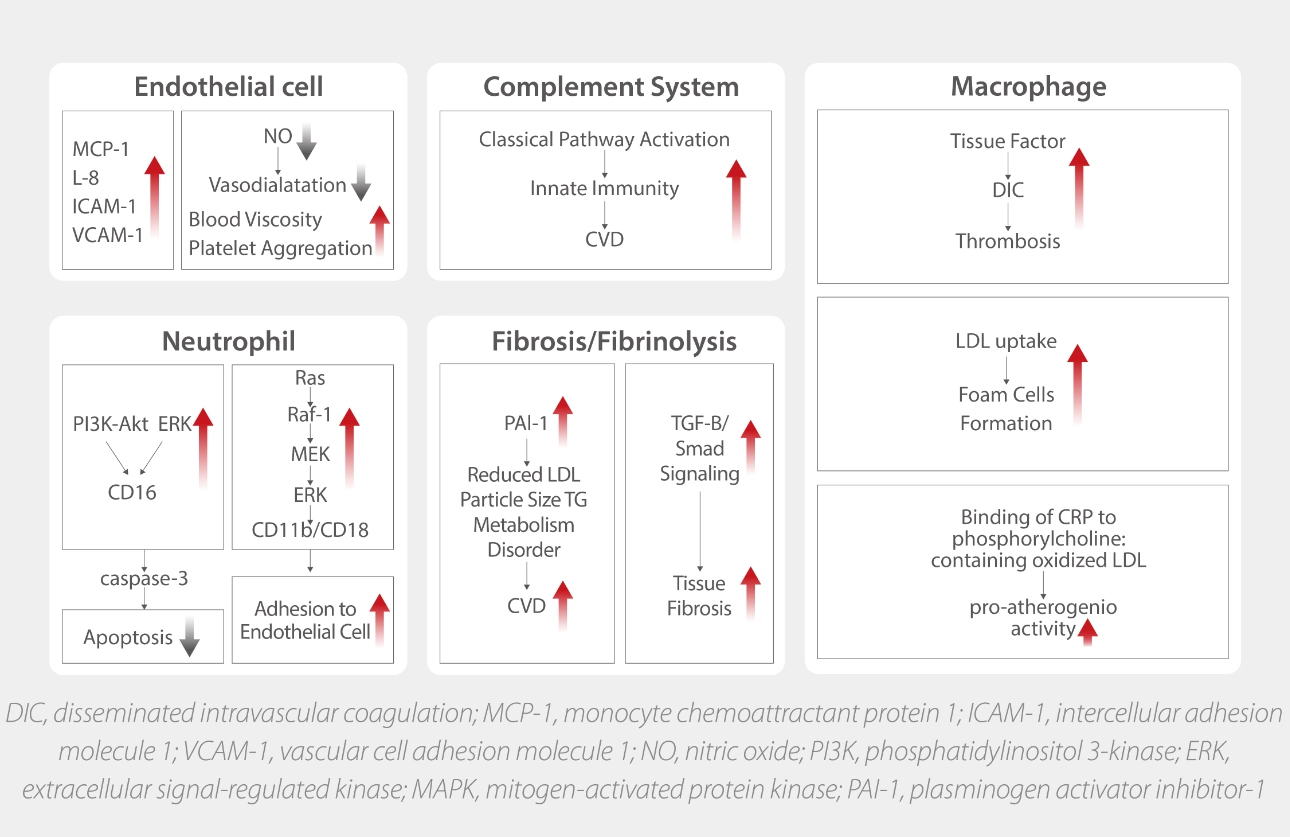
To meet the criteria of a cardiovascular biomarker, it is important to precisely detect CRP levels no greater than 10 mg/L. Such CRP tests are commonly known as high-sensitivity CRP (HS-CRP) tests.

HS-CRP levels are clinically elevated in most healthcare-managed patients who are experiencing myocardial infarctions. Elevated HS-CRP levels are associated with a risk of major adverse cardiovascular events and mortality, with the association being linear within the range of 1 to 5 mg/L and plateauing thereafter, indicating a sustained increased risk.[4]
Individuals with elevated HS-CRP levels may additionally benefit from an intensive anti-inflammatory lifestyle and also possibly from anti-inflammatory medications such as high-intensity statin therapy or colchicine.[5]
Mindray provides a versatile HS-CRP product that is well-suited for a wide range of clinical conditions, featuring a linear range spanning from 0.2 to 320 mg/L. This product proves effective in identifying individuals in good health and those with risk factors for CVDs (HS-CRP levels ranging from 0.2 to 10 mg/L). It can also be used to identify the majority of medical conditions associated with inflammation (HS-CRP levels exceeding 10 mg/L).
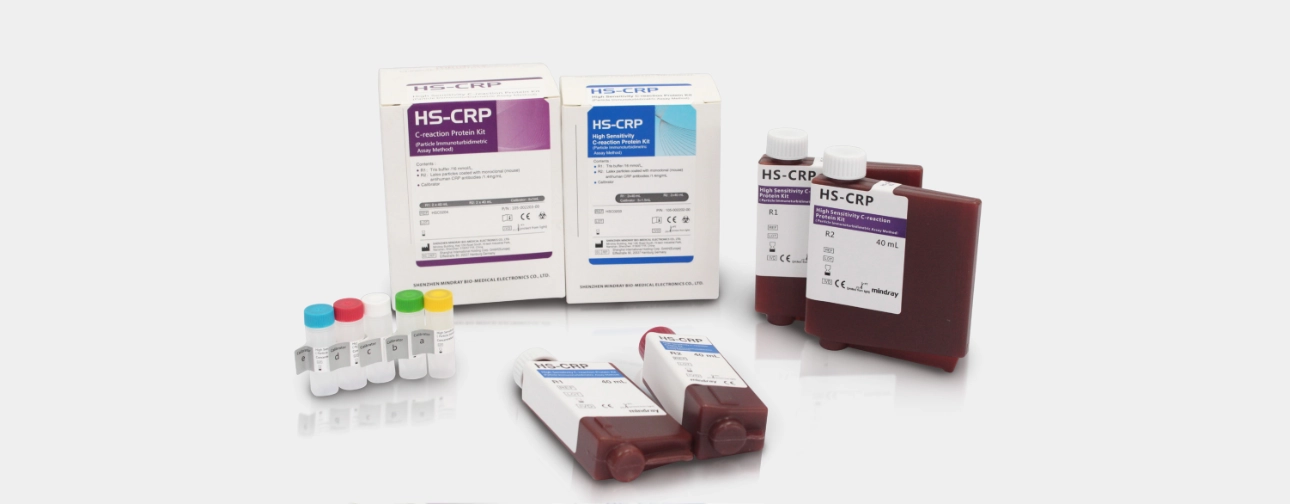
References
[1] Czajkowski, Simo. Associations of circulating second messenger glycerophosphatidylcholines with cardiovascular disease risk factors in adolescents. 10.13140/RG.2.2.15202.27845 (2015).
[2] Luan Y-y and Yao Y-m. The Clinical Significance and Potential Role of C-Reactive Protein in Chronic Inflammatory and Neurodegenerative Diseases. Front. Immunol. 9:1302. doi: 10.3389/fimmu.2018.01302 (2018).
[3] Ridker, P. M. C-Reactive Protein: A Simple Test to Help Predict Risk of Heart Attack and Stroke. Circulation 108 (2003).
[4] Carrero, J. J., et al. hsCRP Level and the Risk of Death or Recurrent Cardiovascular Events in Patients with Myocardial Infarction: a Healthcare‐Based Study. JAHA 8, e012638 (2019).
[5] Quispe, R. et al. High‐Sensitivity C‐Reactive Protein Discordance with Atherogenic Lipid Measures and Incidence of Atherosclerotic Cardiovascular Disease in Primary Prevention: The ARIC Study. JAHA 9, e013600 (2020).

